Related Research Articles

John Torrey was an American botanist, chemist, and physician. Throughout much of his career, he was a teacher of chemistry, often at multiple universities, while he also pursued botanical work, focusing on the flora of North America. His most renowned works include studies of the New York flora, the Mexican Boundary, the Pacific railroad surveys, and the uncompleted Flora of North America.
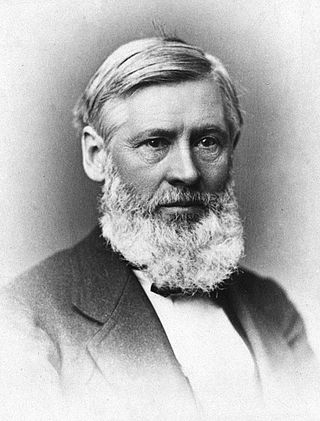
Asa Gray is considered the most important American botanist of the 19th century. His Darwiniana was considered an important explanation of how religion and science were not necessarily mutually exclusive. Gray was adamant that a genetic connection must exist between all members of a species. He was also strongly opposed to the ideas of hybridization within one generation and special creation in the sense of its not allowing for evolution. He was a strong supporter of Darwin, although Gray's theistic evolution was guided by a Creator.

Amos Eaton was an American botanist, geologist, and educator who is considered the founder of the modern scientific prospectus in education, which was a radical departure from the American liberal arts tradition of classics, theology, lecture, and recitation. Eaton co-founded the Rensselaer School in 1824 with Stephen van Rensselaer III "in the application of science to the common purposes of life". His books in the eighteenth century were among the first published for which a systematic treatment of the United States was attempted, and in a language that all could read. His teaching laboratory for botany in the 1820s was the first of its kind in the country. Eaton's popular lectures and writings inspired numerous thinkers, in particular women, whom he encouraged to attend his public talks on experimental philosophy. Emma Willard would found the Troy Female Seminary, and Mary Mason Lyon, the Mount Holyoke Female Seminary. Eaton held the rank of senior professor at Rensselaer until his death in 1842.

D. Appleton & Company was an American publishing company founded by Daniel Appleton, who opened a general store which included books. He published his first book in 1831. The company's publications gradually extended over the entire field of literature. It issued the works of contemporary scientists, including those of Herbert Spencer, John Tyndall, Thomas Huxley, Charles Darwin, and others, at reasonable prices. Medical books formed a special department, and books in the Spanish language for the South America market were a specialty which the firm made its own. In belles lettres and American history, it had a strong list of names among its authors.
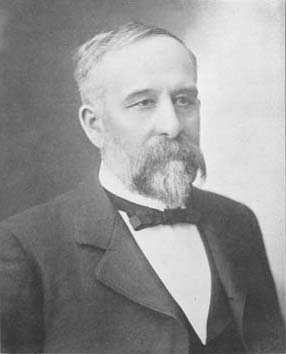
Charles Edwin Bessey was an American botanist.

William Darlington was an American physician, botanist, and politician who served as a Democratic-Republican member of the U.S. House of Representatives for Pennsylvania's 2nd congressional district from 1819 to 1823.

Mordecai Cubitt Cooke was an English botanist and mycologist who was, at various points, a London schoolteacher, a Kew mycologist, curator at the India Museum, journalist and author. Cooke was the elder brother of the art-education reformer Ebenezer Cooke (1837–1913) and father of the book illustrator and watercolour painter William Cubitt Cooke (1866–1951).
Youmans is a surname of English origin, a variant of "yeoman". Notable persons with this last name include:

Edward Livingston Youmans was an American scientific writer, editor, and lecturer and founder of Popular Science magazine.
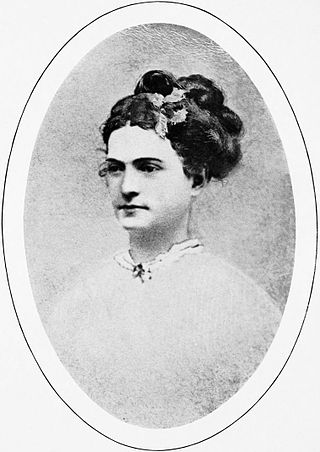
Eliza Frances Andrews was a popular American writer of the Gilded Age. Her shorter works were published in popular magazines and papers, including the New York World and Godey's Lady's Book. Her longer works include The War-Time Journal of a Georgia Girl (1908) and two botany textbooks.
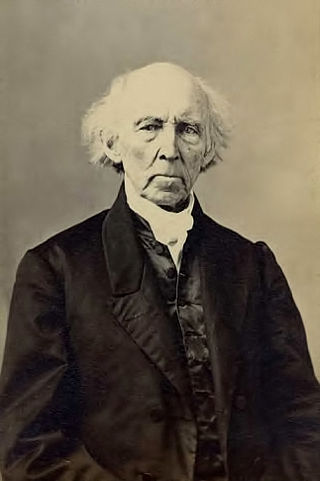
Chester Dewey was an American botanist, antislavery activist, clergyman and educator.

Priscilla Wakefield, neePriscilla Bell was an English Quaker philanthropist and prolific author. She promoted social projects for the benefit of women and children such as schools and maternity hospitals. Her writings were wide-ranging: she wrote about feminist economics, as well as scientific subjects, in particular the popular eighteenth-century discipline of botany. She was widely known for her moral and instructional writings for children.
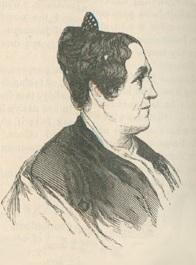
Almira Lincoln Phelps was an American scientist, educator, author, and editor. Her botany writings influenced more early American women to be botanists, including Eunice Newton Foote and her daughter, Augusta Newton Foote Arnold. Though she primarily wrote regarding nature, she also was a writer of novels, essays, and memoir. The standard author abbreviation A.Phelps is used to indicate this person as the author when citing a botanical name.

Harriet Margaret Louisa BolusnéeKensit was a South African botanist and taxonomist, and the longtime curator of the Bolus Herbarium, from 1903. Bolus also has the legacy of authoring more land plant species than any other female scientist, in total naming 1,494 species.

The New American Cyclopædia was an encyclopedia created and published by D. Appleton & Company of New York in 16 volumes, which initially appeared between 1858 and 1863. Its primary editors were George Ripley and Charles Anderson Dana.

William Jay Youmans was an American scientist. He edited Popular Science Monthly for a time.

Margaret Clay Ferguson (1863–1951) was an American botanist best known for advancing scientific education in the field of botany. She also contributed on the life histories of North American pines.

Lydia White Shattuck was an American botanist, naturalist, chemist, and professor at Mount Holyoke Female Seminary.

Elizabeth Kirby (1823–1873) and Mary Kirby were successful English writers and illustrators of books for children and books on natural science. Mary Kirby is known particularly for leading the crowd-sourced Flora of Leicestershire and Elizabeth for her children's books. They both had a lifelong writing partnership that popularised science. Mary is thought to be one of the first British woman to publish a scientific study of the flora of her county in the nineteenth century.
Maria Elizabetha Jacson was an eighteenth-century English writer, as was her sister, Frances Jacson (1754–1842), known for her books on botany at a time when there were significant obstacles to women's authorship. In some sources her name appears as Maria Jackson, Mary Jackson or Mary Elizabeth Jackson. She spent most of her life in Cheshire and Derbyshire, where she lived with her sister following her father's death.
References
- This article incorporates text from a publication now in the public domain : Wilson, J. G.; Fiske, J., eds. (1889). . Appletons' Cyclopædia of American Biography . Vol. 6. New York: D. Appleton. pp. 642–643.
see last 10 lines ".... Their sister, Eliza Ann, author, b. in Saratoga, N. Y., 17 Dec., 1826.....